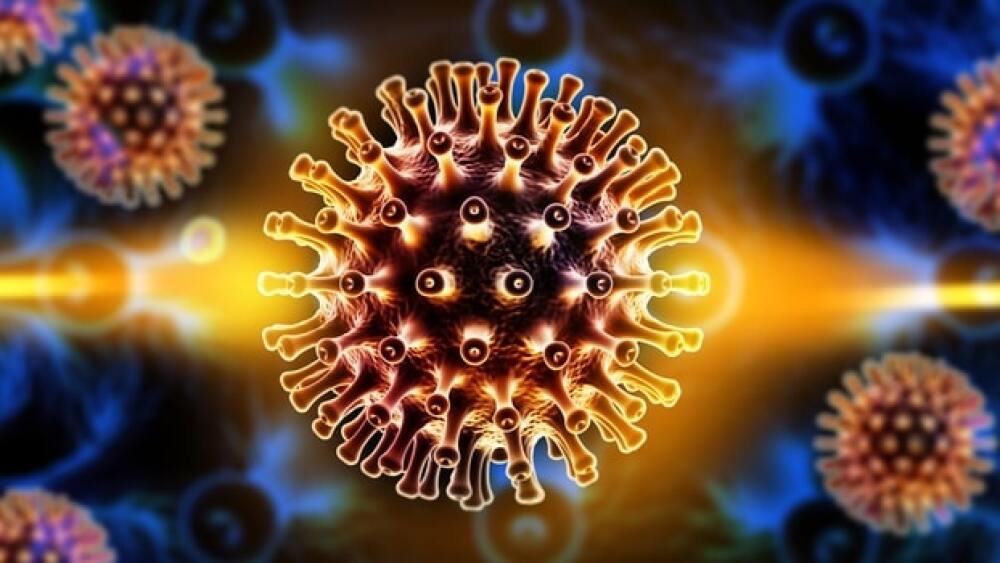Exavir Therapeutics announced that it was able to eliminate HIV from human cells with lipid nanoparticle (LNP)-delivered Tat-targeted CRISPR-Cas9.
Since HIV first reared its deadly head 40 years ago, multiple medications have been developed, and drug makers continue to search for the Holy Grail in HIV treatment and create a potential cure for the disease. Exavir Therapeutics believes it has a chance to hit that mark with its gene editing program.
Nebraska-based Exavir Therapeutics announced that it was able to eliminate HIV from human cells with lipid nanoparticle (LNP)-delivered Tat-targeted CRISPR-Cas9.
Although still in preclinical development, its method demonstrated up to 100% HIV suppression in infected human cells. Exavir’s approach is to use LNP-delivered, mRNA encoded, pro-viral DNA excision therapy that is based on CRISPR-Cas9 and computationally derived gRNAs that target the HIV tat gene.
Exavir noted that its preclinical candidate using its proprietary gene-editing program XVIR-TAT has demonstrated the “genetic elimination of HIV” and provided robust anti-retroviral activity. The company published its data in EBioMedicine.
The article “CRISPR-Cas9 Medicated Exonic Disruption for HIV-1 Elimination” highlights in vitro data showing the efficacy of its approach. The report indicates that the company’s LNP mRNA TatDE candidates demonstrated efficient delivery, nuclear localization, and up to 100% virus suppression. The suppression was across multiple assays, which included “co-transfection challenge of un-infected cells, as well as ribonucleoprotein electroporation, lentiviral delivery, and LNP-encapsulated mRNA-encoded delivery to infected cells.”
These findings confirm the potential of LNP-based pro-viral DNA excision as an anti-retroviral therapy with the potential to eradicate HIV.
Howard Gendelman, scientific co-founder of Exavir Therapeutics and Professor in the Department of Pharmacology at the University of Nebraska Medical Center, stated that with next-generation LNP formulations and improved guide RNAs, “we can safely and efficiently deliver powerful gene editing cargo to cells that are infected by HIV.” Gendelman added that the company’s gene editing program is “demonstrating near complete HIV elimination in vitro across several assays, with no detectable off target edits.”
Exavir’s proprietary gene editing platform XVIR-TAT is a CRISPR-nuclease based antiretroviral program. The company is enhancing LNP formulations for specific tropism to tissues of interest. From there, Exavir is advancing those findings towards selecting a candidate that can move into clinical trials.
Exavir isn’t the only company attempting to harness the power of CRISPR against HIV. In September, Excision BioTherapeutics was cleared to begin a Phase I/II study of EBT-101, the first-in-human CRISPR-based one-time gene therapy to be evaluated in individuals with HIV.
Around 1.1 million Americans still live with HIV infection, with 38,000 Americans being diagnosed each year. Since HIV emerged in the 1980s, more than 35 million people have lost their lives to the disease.





